PPT-From The Object-Oriented Thought Process, 5/e
Author : lois-ondreau | Published Date : 2019-12-15
From The ObjectOriented Thought Process 5e by Matt Weisfeld 9780135767313 Copyright 2019 Pearson Education Inc All rights reserved Figure 11 Black boxes From The
Presentation Embed Code
Download Presentation
Download Presentation The PPT/PDF document "From The Object-Oriented Thought Proces..." is the property of its rightful owner. Permission is granted to download and print the materials on this website for personal, non-commercial use only, and to display it on your personal computer provided you do not modify the materials and that you retain all copyright notices contained in the materials. By downloading content from our website, you accept the terms of this agreement.
From The Object-Oriented Thought Process, 5/e: Transcript
Download Rules Of Document
"From The Object-Oriented Thought Process, 5/e"The content belongs to its owner. You may download and print it for personal use, without modification, and keep all copyright notices. By downloading, you agree to these terms.
Related Documents

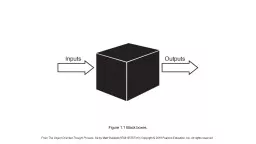
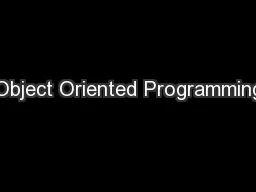

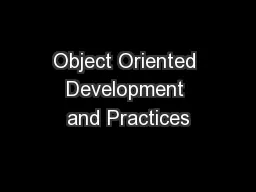
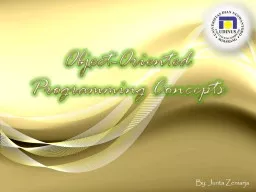
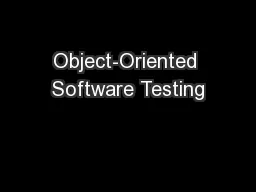
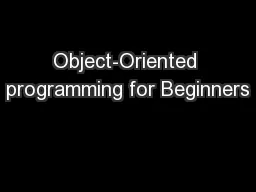
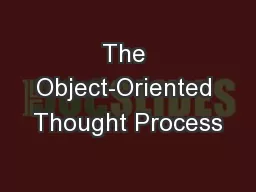
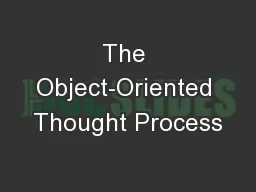
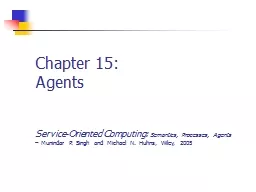
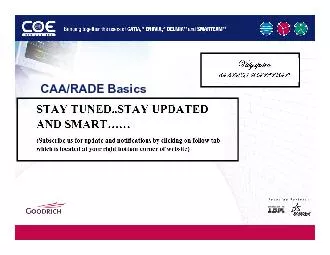
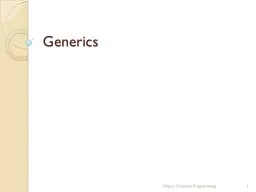
![[PDF]-Python 3 Object-oriented Programming: Building robust and maintainable software](https://thumbs.docslides.com/975150/pdf-python-3-object-oriented-programming-building-robust-and-maintainable-software-with-object-oriented-design-patterns-in-python.jpg)
![[PDF]-Deciphering Object-Oriented Programming with C++: A practical, in-depth guide to](https://thumbs.docslides.com/987631/pdf-deciphering-object-oriented-programming-with-c-a-practical-in-depth-guide-to-implementing-object-oriented-design-principles-to-create-robust-code.jpg)